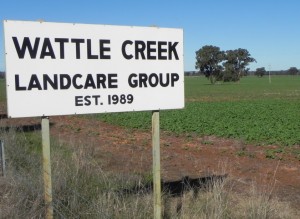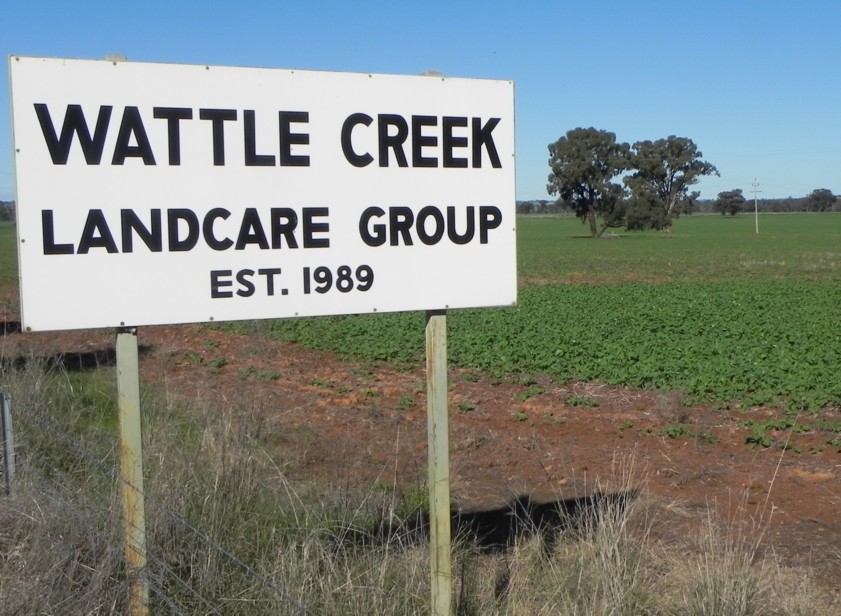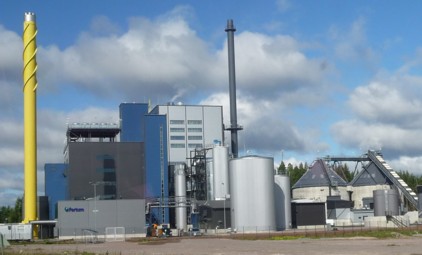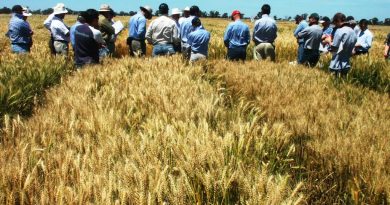Carbon Farming Initiative could overwhelm landcare
Funding buys environmental policy acceptance
By Patrick Francis
The Australian government’s Clean Energy Future legislation package has become law and provides policy certainty for the carbon pricing mechanism. It means the Carbon Farm Initiative legislation has a financial basis on which to operate.

Under the CFI, project proponents, which can be any farmer, landcare group or other entity, can design projects in land based sectors that will either:
- abate emissions (reduce emissions as their source) or
- sequester carbon dioxide (and store it as carbon in plants or soil).
Where projects are designed and conducted in accordance with the rules set out in theCFIlegislation, each tonne of CO2e emissions that is reduced or stored will be rewarded with one Australian carbon credit unit (ACCU). This is the carbon credit that can be sold into carbon markets and which many of the 500 declared emitting companies will most likely have to buy.
There are two types of ACCUs produced under theCFI:
- Compliance ACCUs – which will be issued when the project relates to activities/emission that are within Australia’s Kyoto Protocol emissions reporting inventory, including reforestation, reduction of nitrous oxide from fertiliser use, and managing methane emissions from piggeries and dairies.
- Voluntary ACCUs – which will be issued when the project relates to activities/emissions that are outside of Australia’s Kyoto Protocol emissions reporting inventory and include soil carbon increase, environmental/biodiversity planting that are not forests, and adding biochar to soil.
Farmers who produce ACCUs according to CFI approved methodologies are in fact engaging in many of the activities that landcare and holistic management has been promoting for the last 25 years and can volunteer to earn revenue for doing so. This is a potential game changer for the landcare farming movement and the way its is funded. In fact, it could be argued that landcare farming projects will become redundant under theCFIif the carbon price is maintained above the projected of $15/tCO2e.
While the government is maintaining a significant level of funding for landcare through the Biodiversity Fund over the next six years, there should be no need to continue funding on-farm projects after this date. In theory, from then on demand for ACCUs could be such that farmers will be enthusiastic partners for aggregators working in the compliance and voluntary markets.
It is difficult to understand why $946 million has been allocated to the Biodiversity Fund under the Clean Energy Future Policy given one of its objectives is to “…enhance the environmental outcomes of carbon farming projects, and help landholders protect biodiversity and carbon values on their land. The Fund will support restoration and management of biodiverse carbon stores including:
• reforestation and revegetation in areas of high conservation value including wildlife corridors, rivers, streams and wetlands
• management and protection of biodiverse ecosystems, including publicly owned native forests and land under conservation covenants or subject to land clearing restrictions
• action to prevent the spread of invasive species across connected landscapes.”
Apart from the last point these activities are very close to the ‘positive list’ of activities the CFI methodologies will embrace and be delivered to farmers and community landcare groups by aggegators.
Aggregators are new businesses being set up to make producing ACCUs simple for farmers. When the Clean Energy Package became law in November 2011 these business sprung to life as theCFIis too costly and legally difficult to engage in without expert help. Examples of the companies offering services to farmers are Ecofund Queensland, CO2 Group, The Water & Carbon Group and even Greening Australia is entering this market.
The information provided by these companies suggests that they have potential to replace landcare groups and networks as far as planning and implementing revegetation programs. It is possible some larger landcare networks, farm consultants and even local governments could themselves establish as commercial aggregator businesses to earn income as well as provide a service to clients, members, or rate payers. These businesses are likely to emerge once a range of CFI methodologies have been approved.
The aggregator company literature suggests that under the CFI projects they manage, landcare in all its facets will be looked after while generating income for the farmers involved. For instance the Water & Carbon Group says its project forests “do more than remove carbon dioxide from the atmosphere”. It highlights how its projects have a triple bottom line impact – environmental, social, and economic – just like landcare projects.
The CO2 Groups tells its prospective farmer clients: “We partner with farmers to establish tree plantings that mitigate the risk of salinity and soil erosion, provide shelter for livestock; improve soil structure, moisture retention and water quality; and support greater biodiversity”. All this happens without the participating farmer spending a dollar or planting a tree, on the contrary the farmer is paid for use of the land and the work is done by company contractors.
In many respects CFI projects have the potential to provide even better outcomes for environmental improvement on farms than existing landcare projects because of the rigor in the methodology, auditing and permanence involved. Some landcarers have long argued for greater accountability of landcare projects, and even the introduction of environmental management systems to give farm programs credibility and continuity. This has never happened, but under the CFI methodologies attributes similar to an EMS are mandatory. The big difference however, is the aggregator takes on the burden of meeting regulatory requirements rather than the farmer and the project generates sufficient income to pay for this as well as give a return to the farmer. It’s a win-win that the EMS could never achieve.
There is no doubt CFI is embracing landcare farming, but the means for producing positive outcomes for the environment is turned on its head. The advantages of the CFI for governments are many, they include: landcare related to farming becomes self-funding, particularly if, as well as revegetation and reforestestation, methodologies for soil carbon increase are approved; there is increased government control of farm practices through the methodology and research approval process; and criticism of government policy is stifled as more agribusinesses and farmers become dependent on government funding to operate in the “Clean Energy Future” sector. In many respects landcare groups, research organisations and even individual farmers have become government environmental policy advocates through funding they receive. There is seems to be no shortage of money for programs and projects which support the federal government’s policy agendas.
Community landcare is unlikely to be as affected by the CFI as its focus is on local engagement and groups making a difference to relatively small patches of land. But it too could be in for a major funding shake-up as aggregators see opportunities for CFI projects on public lands.



